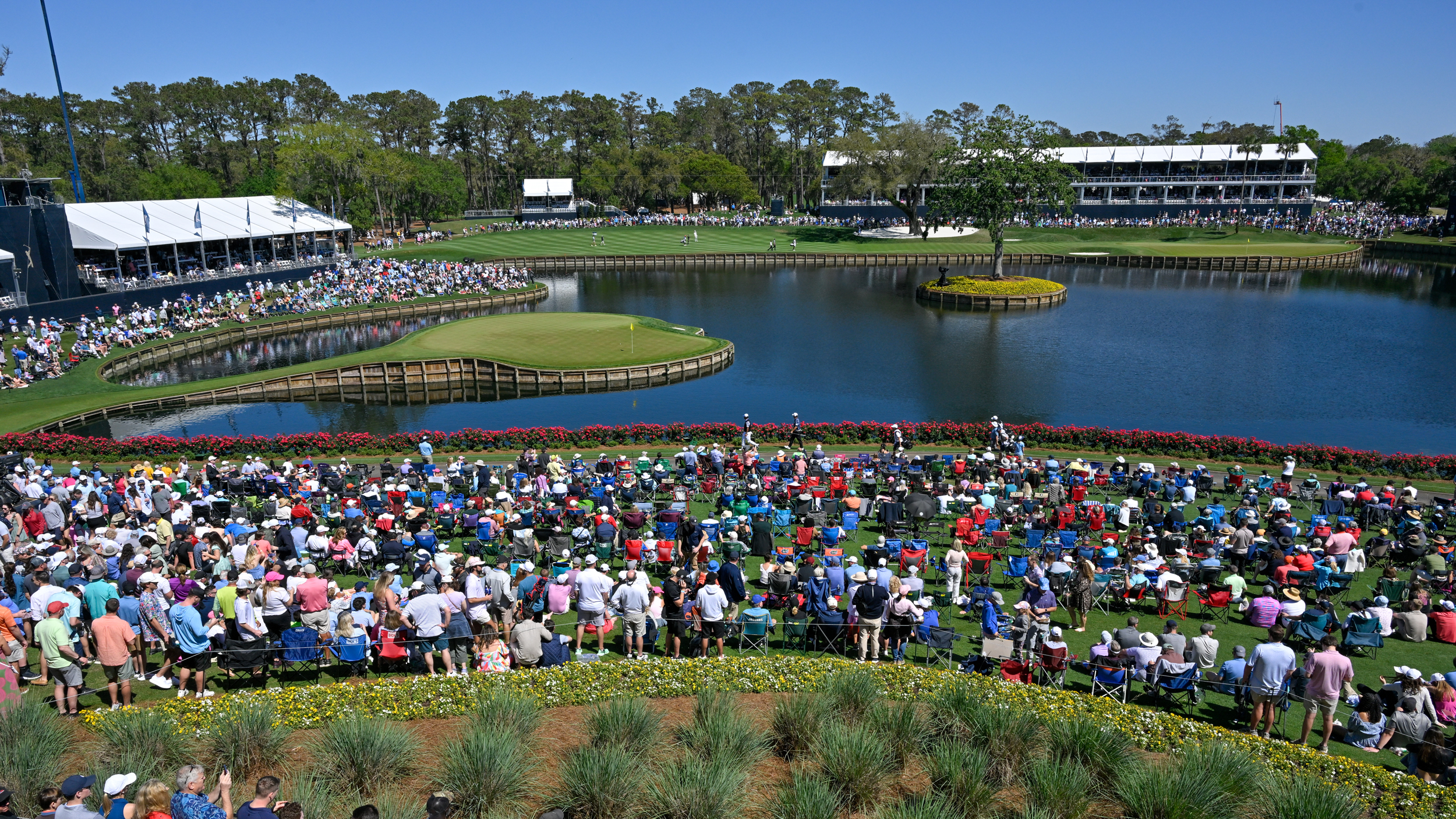Why The Players Championship Is Considered Golf’s ‘Fifth Major’
Labelled by the PGA Tour as hosting 'the best field in golf', The Players Championship is the flagship event on the US-based circuit


The Players Championship at TPC Sawgrass is one of the most famous tournaments in men's professional golf, alongside The Masters, The Open Championship, The US Open, and the PGA Championship.
Also known simply as 'The Players', it is the flagship event on the PGA Tour and attracts many of the world's best male golfers to compete for a prize purse which has exceeded $20 million over the past few years.
Around 150 professionals tee it up at the Stadium Course every year and look to follow in the footsteps of legends like Jack Nicklaus, Tiger Woods, and Rory McIlroy by hoisting the beautiful gold trophy.
First run in 1974 at Atlanta Country Club after being conceived by then PGA Tour commissioner Deane Beman, The Players hopped around locations before finally settling at the newly-built TPC Sawgrass in 1982 - its home ever since.
It has regularly taken place in March, aside from a spell between 2007 and 2019 when it ran in May, and informally kicks off a busy six-month period of high-quality men's golf.

A side-on view of the 17th (foreground) and 16th holes at TPC Sawgrass' Stadium Course
Is The Players Championship A Major?
The Players has historically carried the tagline of male golf's 'fifth Major' and has been dubbed by the PGA Tour as having 'the best field in golf.'
Yet, despite rivalling the four Major championships in men's pro golf in terms of prize money and arguably prestige, The Players is not officially considered to be a Major.
Subscribe to the Golf Monthly newsletter to stay up to date with all the latest tour news, equipment news, reviews, head-to-heads and buyer’s guides from our team of experienced experts.
Men's Major golf championships originally consisted of The Open, The US Open, The British Amateur, and the US Amateur.
However, after the inception of The Masters in 1934 and the rise in golf's popularity post World War II, the four Majors eventually went on to include the Augusta National event as well as the two Opens and the PGA Championship.
Star names such as Arnold Palmer beginning to regularly enter The Open - as well as transatlantic travel becoming far easier and the PGA Championship boosting its prize purse while moving to a more agreeable date - all played their part in forming the modern Major group during the 1960s.

Arnold Palmer
A conversation between Palmer and US journalist, Bob Drum led to the concept of the modern 'Grand Slam' and further cemented the standing of those tournaments.
But while The Players is not in that elite quartet, the rewards for winning it nowadays are both plentiful and bountiful.
Along with a check for $4.5 million, golfers earn 80 world-ranking points, 600 FedEx Cup points (if they are a PGA Tour member), and a five-year exemption on the PGA Tour. Added to this, a place at all four Majors for the next three respective editions is on the table.
The PGA Tour does not run any of the four Majors in men's pro golf. Instead, they are organized by Augusta National Golf Club (The Masters), the R&A (The Open Championship), the USGA (US Open), and the PGA of America (PGA Championship).

Jonny Leighfield is our Staff News Writer who joined Golf Monthly just in time for the 2023 Solheim Cup and Ryder Cup. He graduated from the University of Brighton with a degree in Sport Journalism in 2017 and spent almost five years as the sole sports reporter at his local newspaper. During his time with Golf Monthly, Jonny has interviewed several stars of the game, including Robert MacIntyre, Ian Poulter, Lee Westwood, and Joaquin Niemann. An improving golfer himself, Jonny enjoys learning as much about the game as he can and recently reached his Handicap goal of 18 for the first time.